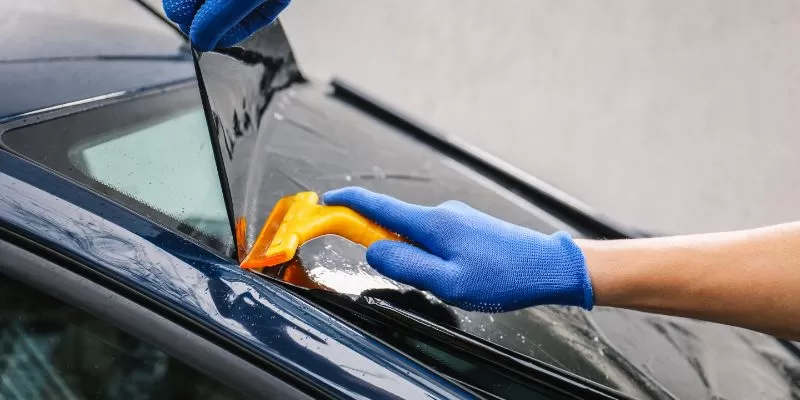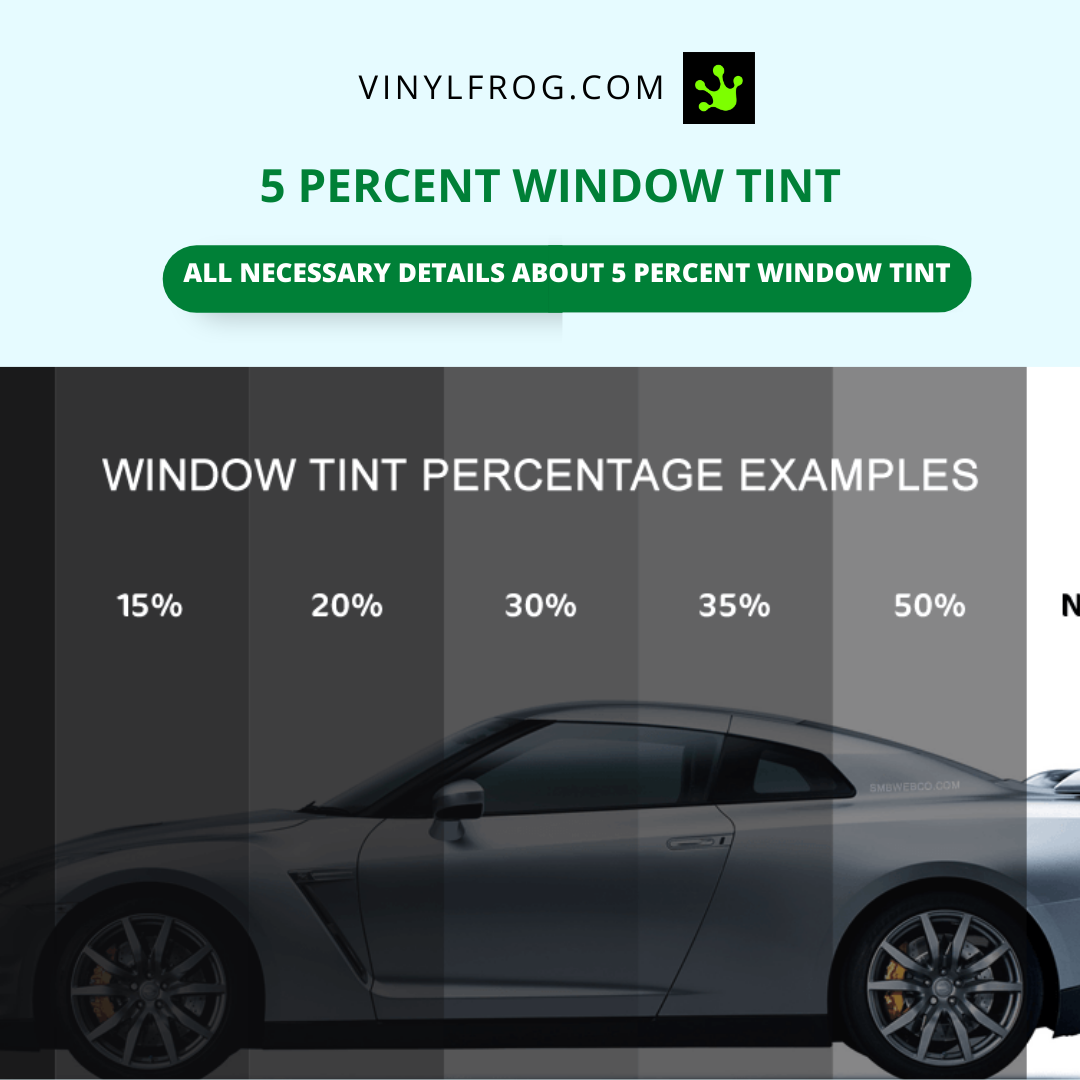Leading Reasons to Pick Professional Automobile Window Tinting Services
Leading Reasons to Pick Professional Automobile Window Tinting Services
Blog Article
Home Window Tinting Laws and Guidelines: What You Required to Know Before Tinting Your Automobile
Before continuing with home window tinting for your car, it is crucial to familiarize yourself with the varied regulations and guidelines that govern this technique throughout various states. These laws determine the acceptable levels of tint darkness, usually measured by noticeable light transmission (VLT) portions, and include certain terms for front windscreens intended at making certain roadway safety and security.
Overview of Home Window Tinting Laws
Home window tinting regulations are frequently subject to variant across different territories, showing local policies and safety considerations. These regulations dictate the acceptable levels of tint darkness and reflectiveness on vehicle windows, ensuring that drivers maintain adequate visibility while likewise protecting versus dangerous UV rays and heat.
Many laws categorize window tinting based upon the Visible Light Transmission (VLT) percent, which shows the quantity of light that can pass through the home window. Typically, reduced VLT percentages signify darker colors. Regulations frequently separate in between the front, side, and rear home windows, with more stringent limitations used to the front windscreen to improve safety and security for both the driver and various other roadway individuals.
Furthermore, some territories enforce limitations on the reflectivity of the color, avoiding too much glow that could impair visibility. Exemptions to these laws may exist for people with specific medical problems needing extra sun protection. Conformity with home window tinting regulations is crucial, as offenses can lead to penalties, required elimination of the tint, and possible increases in insurance premiums. As a result, it is important for car proprietors to acquaint themselves with local regulations before continuing with window tinting setups.
State-by-State Tint Rules
Understanding the details window tinting guidelines in each state is important for car owners seeking to follow the legislation. Each state in the U.S. has actually established its very own collection of regulations regulating window tinting, which can differ substantially. These guidelines frequently dictate the allowable degrees of color darkness, the kinds of home windows that can be tinted, and any medical exceptions that might use.
For example, states like The golden state have rigorous restrictions on tint darkness for front windows, while others, such as New Mexico, may allow darker colors. In addition, particular states mandate particular presence percentages for different windows, including the windscreen, front side home windows, and rear home windows. It is essential for automobile proprietors to acquaint themselves with their state's regulations to prevent prospective fines or fines.
Moreover, some states may call for an accreditation sticker to be put on colored windows, suggesting compliance with state regulations. Failure to follow these laws not just takes the chance of lawful consequences however can also impact safety and security and visibility while driving. Car owners ought to conduct comprehensive research or get in touch with regional authorities to make certain full understanding and conformity with state-by-state tint guidelines.
Allowed Color Types and levels
Lots of lorry owners might be shocked to learn that permitted tint levels and types vary extensively across different states. Each state has established its very own regulations pertaining to the permitted darkness and reflectivity of home window color, commonly gauged by Visible Light Transmission (VLT) percents. VLT describes the quantity of light that can go through the tinted windows; thus, a lower portion indicates a darker color.

Additionally, the kinds of color materials enabled can differ, with some states forbiding mirror-like or metal finishes. It is vital for automobile owners to familiarize themselves with their state's certain legislations to guarantee compliance. Non-compliance can cause penalties, obligatory elimination of the color, or various other lawful consequences, making it crucial to comprehend these guidelines before proceeding with installation.
Medical Exceptions for Tinting
While not all states supply allocations for medical exemptions pertaining to home window tinting, those that do identify the need for specific people to improve exposure and convenience because of clinical problems. Various medical conditions, such as lupus, skin cancer cells, and particular eye problems, can render people particularly sensitive to sunshine. As a result, these individuals might need darker tints to protect themselves from hazardous UV rays and glare.

It is very important to note that also with a medical exemption, there may still be restrictions on the degree of color allowed. Conformity with state legislations makes sure that individuals are both protected and within lawful limits. Those considering medical exceptions should contact their local Department of Motor Autos or comparable authority to understand the treatments and demands essential to make an application for an exemption efficiently.
Charges for Non-Compliance
Falling short to abide with home window tinting legislations can bring about substantial charges, which vary by state. Legislation enforcement firms are equipped to issue citations for a knockout post lorries that do not comply with news the specified tinting policies. These penalties normally include penalties, which can range from modest amounts to numerous hundred dollars, relying on the intensity of the infraction and the state in concern.
In some jurisdictions, duplicated offenses may lead to escalating fines or extra charges, such as mandatory court appearances. Non-compliance may require the elimination of prohibited tinting, typically at the owner's expense. In extreme situations, habitual transgressors may deal with suspension of their vehicle registration until compliance is accomplished.
Furthermore, insurance ramifications might arise from receiving several citations for home window tint offenses. Insurers might check out such violations as a sign of riskier actions, potentially leading to enhanced costs or problem in protection.
To stay clear of these charges, it is vital for vehicle owners to acquaint themselves with their neighborhood home window tinting legislations and make sure that their lorry complies (Window Tinting). This proactive strategy not just prevents lawful implications but additionally advertises road safety and security
Conclusion

Many laws categorize window tinting based on the Visible Light Transmission (VLT) portion, which shows the amount of light that can pass via the home window. Compliance with home window tinting laws is critical, as violations can result in fines, mandatory removal of the color, and prospective rises in insurance coverage premiums.Understanding the details window tinting laws in each state is vital for car owners seeking to conform with the regulation. These policies typically determine the permitted degrees of color darkness, the kinds of home windows that can be tinted, and any kind of clinical exemptions that may apply.
For circumstances, states like The golden state have stringent constraints on color darkness for front home windows, while others, such as New Mexico, might permit darker tints.
Report this page